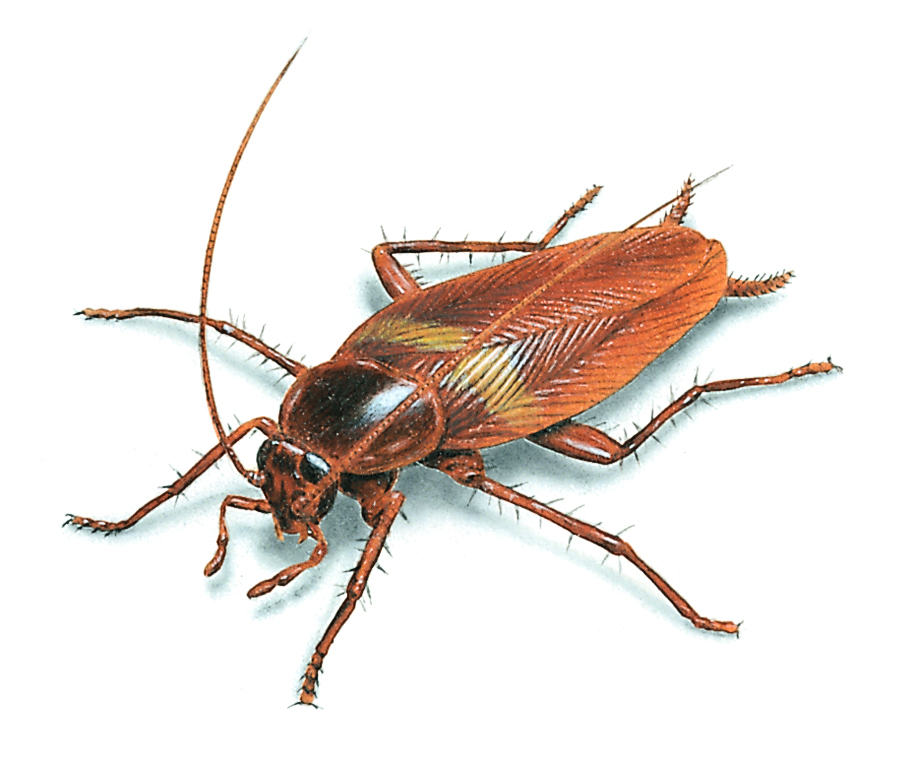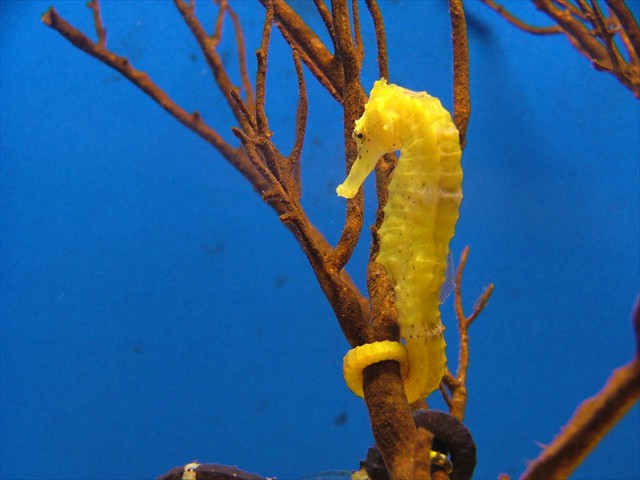Strange facts
- Cockroach can run 1 meter in a second and also the fastest animal to run in 6 legs
- Urine of cats can glow in dark
- Venice in Italy is built on 118 sea islets joined by 400 bridges. It is gradually sinking into the water.
- In a ladies’ room during a dance, Winston Churchill was born .
- Many fish can change sex during the course of their lives. Others, especially rare deep-sea fish, have both male and female sex organs.
- Fetus in fetu (or Foetus in foetu) describes an extremely rare abnormality that involves a fetus getting trapped inside of its twin. It continues to survive as a parasite even past birth by forming an umbilical cord-like structure that leeches its twin’s blood supply until it grows so large that it starts to harm the host, at which point doctors usually intervene. Invariably the parasitic fetus is anencephalic (without a brain) and lacks internal organs, and as such is unable to survive on its own, though it may have almost human (albeit underdeveloped and bizarre) features such as limbs, digits, hair, nails and teeth. Fetus in fetu is such a rare condition that only some 91 cases worldwide have ever been reported. Fetus in fetu happens very early in a twin pregnancy, when one fetus wraps around and envelops the other. The dominant fetus grows, while the fetus that would have been its twin lives on throughout the pregnancy, feeding off its host twin like a kind of parasite. Usually, both twins die before birth from the strain of sharing a placenta. Sometimes, however, the host twin survives and is delivered.
- Male seahorses can get pregnant—Seahorses reproduce in an unusual way: the male becomes pregnant. Pipefishes and seahorses are the only species in the animal kingdom to which the term “male pregnancy” has been applied.
The male seahorse has a brood pouch in which he carries eggs deposited by the female. The mating pair entwine their tails and the female aligns a long tube called an ovipositor with the male’s pouch. The eggs move through the tube into the male’s pouch where he then fertilizes them. The embryos develop in ten days to six weeks, depending on species and water conditions. When the male gives birth he pumps his tail until the baby seahorses emerge.
The male’s pouch regulates salinity for the eggs, slowly increasing in the pouch to match the water outside as the eggs mature. Hatched offspring are independent of their parents. Some spend time developing among the ocean plankton. At times, the male seahorse may try to consume some of the previously released offspring. Other species (H. zosterae) immediately begin life as sea-floor inhabitants (benthos).
- Longest officially recognized place name is Taumatawhakatangihangakoauauotamateapokaiwhenuakitanatahu, has 85 letters. It’s the name for a hill, 305 metres (1,000 ft) high, close to Porangahau, New Zealand.
- Bruce Lee was so fast that they actually had to slow a film down so you could see his moves. That’s the opposite of the norm.
- Embroyos of Tiger shark fight each other in their mother’s womb. The survivor is born.
- The inventor of the telephone, Alexander Graham Bell, never telephoned His wife or mother because they were both deaf.
- The cracks of glass move at speeds of up to 3,000 miles per hour.
- Chickens no. are more than human being
- Normal person will die sooner in insomnia than starvation, starvation can kill a man with in few weeks (may be more than 3 wks) but 10 sleepless day definitely kills a man
- The only word in English language with three consecutive Double letters is “Bookkeeper”



